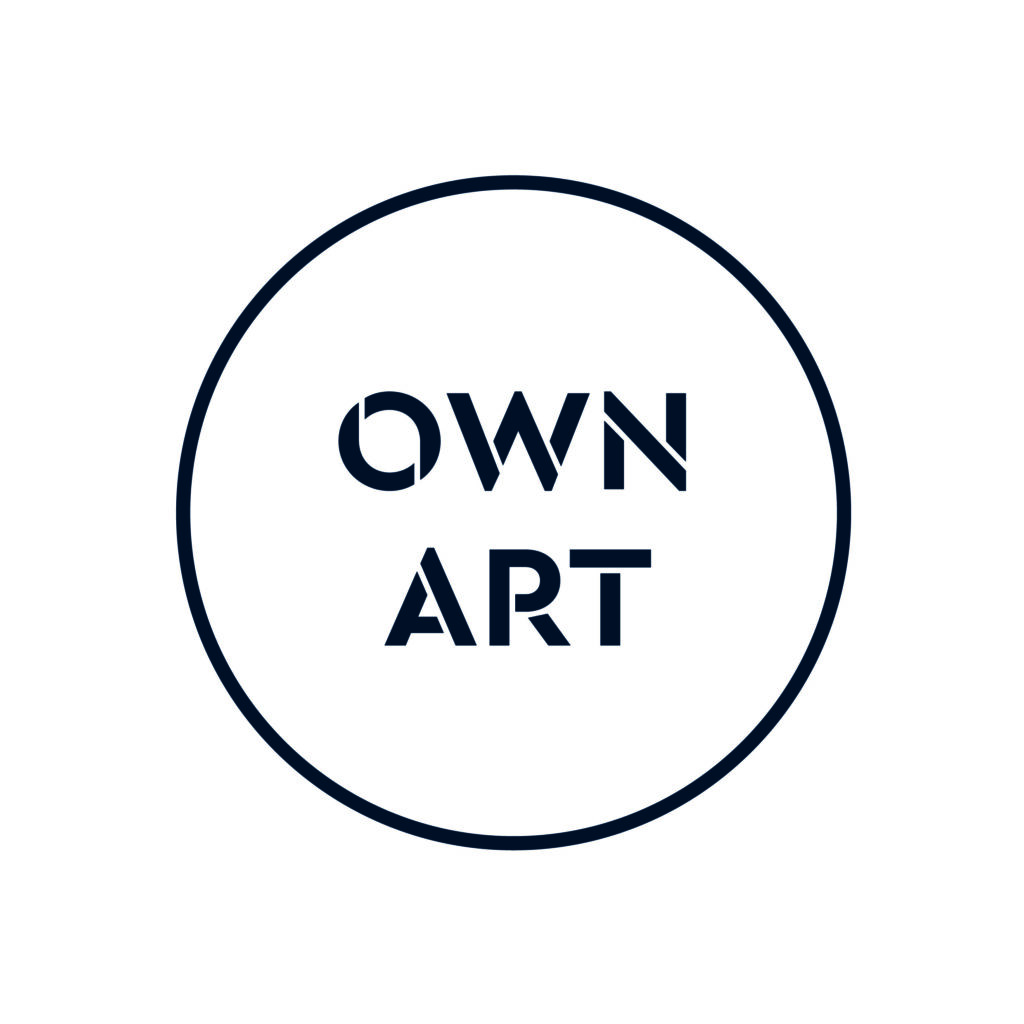Eddie is an artist; a biology graduate; an award-winning nature reserve warden and a former wildlife park director. First and foremost, however, he is an active and passionate wildlife conservationist. An outdoor countryman through and through, he is never happier than when in remote, wild places studying and watching wildlife.
Although widely travelled, his favourite places are the outlying islands of Scotland. He feels particularly privileged to have spent an entire month on the inaccessible and uninhabited islands of St Kilda where he was able to observe and sketch the massive seabird colonies. It was this particular expedition which fuelled his desire to sculpt a range of seabirds and have them cast in bronze.
Although Eddie had previously spent many years carving birds, he found that sculpting gave him greater flexibility and freedom than working entirely in wood.
Although he generally prefers to concentrate on British birds and mammals, he is currently sculpting a Spanish Lynx – a beautiful but
highly endangered species. Through his artwork Eddie hopes to promote interest in wildlife and foster support for its effective conservation.
Click here to read our recent interview with Eddie Hallam
Available Bronze Sculptures
Please click on images for full details
“All my sculptures start their lives as a sketch which I do in the field. The sketches are quite simple, but I add little notes from visual observations. This gives me a general feel for the subject, I also see it as the birth of a sculpture. I enjoy the sketching and studying every bit as much as the sculpting.
The next stage is to visit one of the museum stores, where I have permission to draw and accurately measure the mounted specimens. I then combine all the information that I have gathered and do a few life size drawings in various posers. I also do some detailed drawings of heads, feet and beaks etc.
Now for the sculpting. The starting point is an armature, this is a structure that resembles a skeleton. It needs to be sturdy and strong to withstand the weight of the sculpting materials, which can be resin, wax, clay, plaster or several other materials. The choice is usually determined by the size and complexity of the subject, usually the piece will be refined, many times before it is considered finished. The very last thing to check is the eyes, they can be very problematical.
Once regarded as finished, the precious piece is sent to a long established, reputable, fine art foundry in Birmingham, where it will be cast in bronze.
The casting process is known as ‘lost wax’ process, and it was discovered over 5000 thousand years ago. This ancient method is still widely used today.
The first stage at the foundry is to cut the original sculpture into several pieces to make two-part moulds. I dread seeing the moulder doing this after all the trouble I have taken to create it. The moulds are used to make separate wax replicas of the original piece. The replicas are not cast solid but are cast hollow. The thickness of the wax is approximately 5mm thick. The centre of these replicas is then filled with a type of plaster of paris. The replica is then covered in a further mould made from clay material and then left to dry. When dry, the mould is put into an oven and the wax melted out, hence, ‘lost wax’. The space left by the wax is then filled with molten bronze metal and cast at over one thousand degrees. The second mould then has to be broken open with a hammer, and the bronze pieces go to the finishing shop to be ‘fettled’, a term used for giving the castings a good clean and smoothing look, and made ready for all the various pieces to be welded together. The completed piece is then ready to be patinated using a mixture of heat and chemicals, which gives the sculpture its colours.
Finally, the sculpture is waxed to give it its tactile finish.”



